Editorial: There's a better way to help Argentina
Published in Op Eds
The White House is lining up $40 billion to help Argentina’s president, Javier Milei, stabilize his country’s finances ahead of midterm elections on Oct. 26. There’s a plausible case for intervention. Collapsing confidence and a familiar combination of peso crisis and inflation don’t just threaten Milei’s fiscal reforms: If the economy crashes, the damage is sure to spread.
Unfortunately, Washington’s approach could prove to be self-defeating.
Milei entered office in 2023 promising to restore fiscal discipline and free up the economy. To almost everybody’s surprise, he delivered — mostly. He slashed out-of-control public spending and stopped printing money to finance deficits. As a result, inflation fell sharply.
Yet he failed to confront Argentina’s chronic peso problem. During his campaign, Milei said he’d scrap the currency altogether and fully dollarize Argentina’s already semi-dollarized economy. When that proved too difficult, he pegged the currency to the dollar instead of letting it float. The result of this well-intended compromise is the current mess.
The difficulty of defending a currency peg in the face of collapsing confidence is well known. Given his background, U.S. Treasury Secretary Scott Bessent should need no instruction on the matter. In 1992, he was a key member of the hedge-fund team that bet against the sterling’s peg to the euro and “broke the Bank of England.” Now he leads the team that is proposing to supply dollars to defend the currency of a country that has needed nearly two dozen bailouts since 1958.
In addition to buying the currency directly, the Treasury has set up a $20 billion swap arrangement using its Exchange Stabilization Fund, allowing Argentina to buy pesos with dollars and hence defend the peg. Bessent says a further $20 billion in private financing may be available to help Argentina meet its debt obligations. The terms of this assistance — including who bears the costs if the plan should flop — aren’t clear.
U.S. interventions of this kind aren’t unheard of — and they aren’t doomed to fail. A similarly large-scale deployment of the stabilization fund, used to support Mexico during its own peso crisis in 1995, was widely deemed a success. It worked partly because the assistance arrived after Mexico had given up defending its currency, and partly because Washington’s commitment to the endeavor was credible: The U.S. had an urgent and undeniable interest in stabilizing its neighbor’s economy.
Note the differences. Argentina is still defending the peso. (A big devaluation and a surge of expected inflation right before the election wouldn’t help Milei.) And the promise of U.S. support is far more ambiguous. After the swap line was announced, the peso rallied. Yet pressure on the currency quickly resumed when the White House suggested its backing was contingent on Milei’s party prevailing in the election. Evidently, investors suspect that the U.S. is helping Argentina for short-term political reasons, not because it’s committed to a longer-term revival.
It would’ve been better from the outset if the U.S., working with partners, had enabled the International Monetary Fund to recast its existing program for Argentina — offering sufficient additional support on the condition that its government (whoever leads it) submits to monitoring, presses forward with economic reform and floats its currency. This would’ve made success more likely and, in the end, less expensive. But such a strategy demanded orderly international cooperation under U.S. leadership — an approach that this administration has largely renounced.
One hopes it isn’t too late to go this route. Otherwise, prepare to see Argentina sink back into failure, with the U.S. on the hook.
_____
The Editorial Board publishes the views of the editors across a range of national and global affairs.
_____
©2025 Bloomberg L.P. Visit bloomberg.com/opinion. Distributed by Tribune Content Agency, LLC.
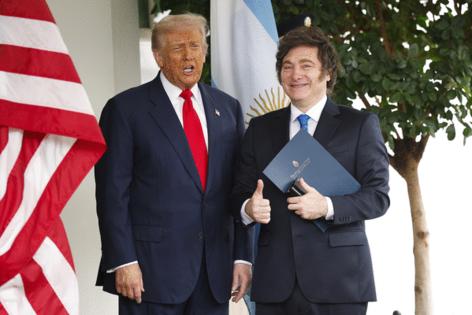


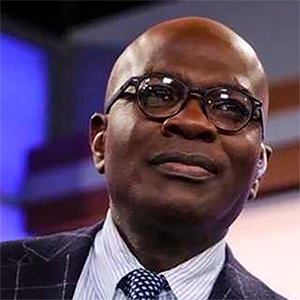





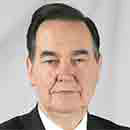


















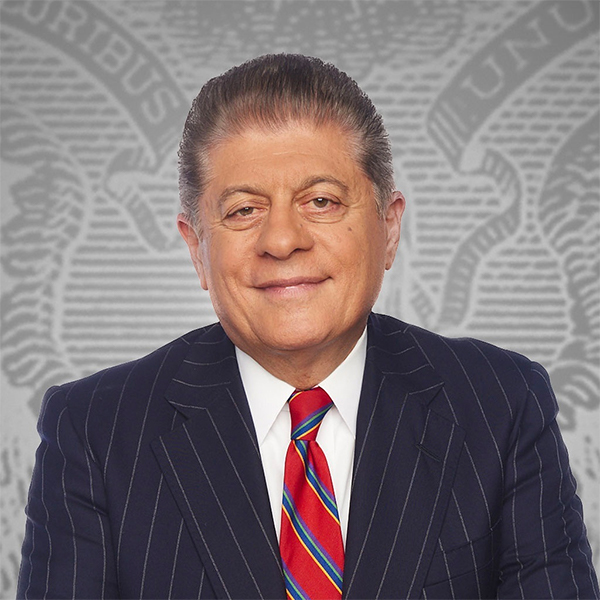





















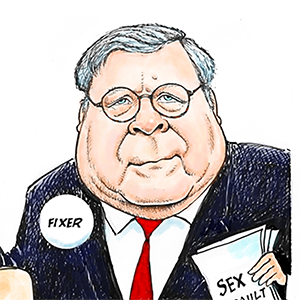
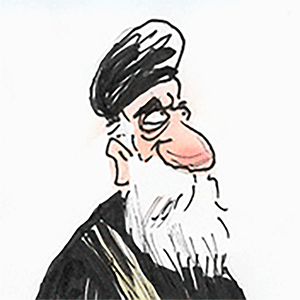
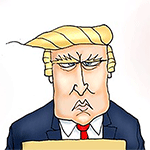


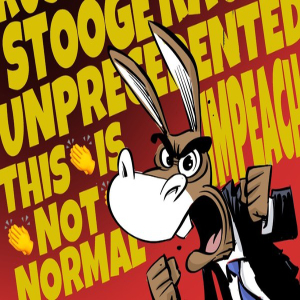
Comments